What are guidelines on writing a creative story narrative about Tấm Cám for grade 5 students in Vietnam? What are basic stages of teaching Vietnamese Language for grade 5 students in Vietnam?
What are guidelines on writing a creative story narrative about Tấm Cám for grade 5 students in Vietnam?
Writing a creative story narrative is one of the tasks that grade 5 students will be guided to learn and practice in writing a creative story narrative.
Therefore, the students can refer to the following sample creative story narrative on Tam Cam for grade 5:
|
Writing a creative story narrative about Tấm Cám for grade 5 students Tam Cam - Interwoven Fates Trong kho tàng truyện cổ tích Việt Nam, Tấm Cám là một câu chuyện đã đi vào lòng người từ bao đời nay. Qua lăng kính của ba nhân vật chính, chúng ta sẽ cùng khám phá sâu hơn về những tâm tư, tình cảm và số phận của họ. Tấm, một cô gái hiền lành, xinh đẹp nhưng lại chịu nhiều bất hạnh. Cô sống trong một gia đình không hạnh phúc, luôn bị dì ghẻ và em cùng cha khác mẹ là Cám đối xử tệ bạc. Dù vậy, Tấm vẫn giữ trong lòng một tấm lòng nhân hậu và luôn hướng về những điều tốt đẹp. Ngồi bên khung cửi, ngón tay thoăn thoắt đưa thoi, Tấm nhớ về những kỷ niệm đẹp đẽ bên cha. Nước mắt lăn dài trên má, thấm ướt tấm vải trắng. Cô tự nhủ: "Mình sẽ không đầu hàng số phận. Mình sẽ tìm lại hạnh phúc cho mình". Ánh mắt cô hướng về phía khung cửa sổ, nơi ánh nắng chiều tà chiếu rọi. Tấm nghĩ đến cá bống, người bạn duy nhất luôn ở bên cạnh cô. Nhờ có cá bống, cô mới có những bộ quần áo đẹp để đi hội, mới có cơ hội gặp gỡ nhà vua. Tấm tin rằng, một ngày nào đó, cô sẽ tìm được hạnh phúc thực sự. Khác với Tấm, Cám lại là một cô gái đầy lòng đố kị và tham vọng. Cô ghen tị với vẻ đẹp và sự dịu dàng của chị gái, luôn tìm cách hãm hại Tấm để chiếm hết tình yêu thương của mẹ. Cám thường đứng trước gương, ngắm nhìn mình, đôi mắt ánh lên vẻ đắc thắng. Cô nghĩ rằng mình xứng đáng được hưởng tất cả mọi thứ, trong khi Tấm chỉ là một kẻ đáng thương. Tuy nhiên, sâu trong lòng Cám cũng có những nỗi sợ hãi và cô đơn. Cô sợ rằng một ngày nào đó, những hành động xấu xa của mình sẽ bị phơi bày. Dì ghẻ, người phụ nữ quyền lực trong gia đình, là kẻ chủ mưu đứng sau những âm mưu hãm hại Tấm. Bà ta yêu thương con gái mình hơn tất cả và sẵn sàng làm mọi thứ để bảo vệ Cám. Dì ghẻ luôn tìm cách hạ thấp Tấm, biến cô thành người hầu. Dù vậy, sâu trong lòng bà ta cũng có những mâu thuẫn. Bà ta vừa muốn bảo vệ con gái, vừa cảm thấy có lỗi với Tấm. Câu chuyện Tấm Cám không chỉ là một câu chuyện cổ tích đơn thuần, mà còn là một bức tranh chân thực về cuộc sống con người với những tình cảm phức tạp: tình yêu thương, ghen tị, đố kị, hận thù... Qua câu chuyện, chúng ta thấy được sự chiến thắng của cái thiện trước cái ác, của công lý trước sự bất công. Tấm, với tấm lòng nhân hậu và sự kiên trì, đã vượt qua mọi khó khăn để tìm được hạnh phúc. Còn Cám và dì ghẻ, dù có cố gắng che giấu, cuối cùng cũng phải nhận lấy hậu quả xứng đáng. Truyện Tấm Cám không chỉ là một câu chuyện giải trí mà còn mang nhiều ý nghĩa sâu sắc. Câu chuyện nhắc nhở chúng ta về giá trị của lòng nhân ái, sự bao dung và công bằng. Đồng thời, câu chuyện cũng là một lời cảnh tỉnh về những hậu quả mà sự đố kị, ghen tị và lòng tham mang lại. |
*Note: The information is for reference only./.
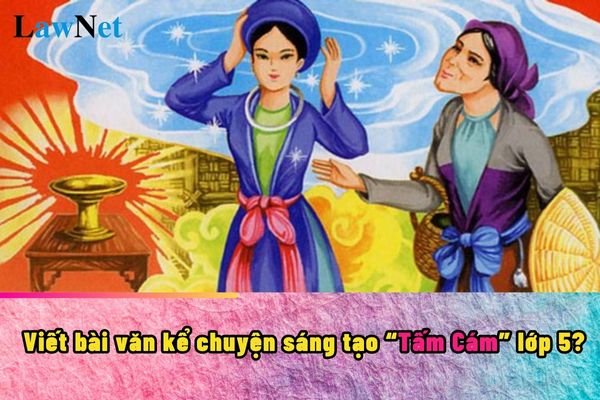
What are guidelines on writing a creative story narrative about Tấm Cám for grade 5 students in Vietnam? (Image from Internet)
What are the basic stages when teaching Vietnamese Language for grade 5 students in Vietnam?
Based on Section I, Appendix of the General Education Program for Literature, issued along with Circular 32/2018/TT-BGDDT, the teaching characteristics of the grade 5 Vietnamese language lessons are as follows:
Literature is a subject under the field of Language and Literature education, taught from grade 1 to grade 12. In primary school, this subject is called Vietnamese; in lower and upper secondary schools, it is called Literature.
Literature is a subject with instrumental and aesthetic-humanistic characteristics; it provides students with the means of communication, laying the foundation for learning all other subjects and educational activities in schools; it is also an important tool for educating students about the beautiful values of culture, literature, and the national language; it develops healthy emotions, humanistic feelings, kind living...
Through verbal texts and the vivid artistic images in literary works, by reading, writing, speaking, and listening activities, Literature plays a significant role in helping students form and develop beautiful qualities as well as core competencies to live and work effectively, and to learn throughout life.
The content of Literature is integrative, including knowledge of culture, ethics, philosophy,... related to many other subjects and educational activities such as History, Geography, Art, Civic Education, Foreign Language, Natural and Social Science, Experiential Activities, Career-Oriented Activities,... Literature is also closely related to life; it helps students care more about daily life, know how to connect and have the skills to solve arising issues in reality.
The core content of the subject includes basic and essential knowledge and skills about Vietnamese language and literature, meeting the required competencies and qualities of students at each education level; divided into two stages: the basic education stage and the career-oriented education stage.
Basic education stage: The curriculum is designed according to the main themes corresponding to the skills of reading, writing, speaking, and listening. Vietnamese language and literature knowledge are integrated into the teaching process of reading, writing, speaking, and listening. The materials are selected and arranged to match the reception capabilities of students at each education level.
The goal of this stage is to help students use Vietnamese proficiently to communicate effectively in life and learn well other subjects and educational activities; to form and develop literary competence, an expression of aesthetic competence; at the same time, to nurture thoughts and feelings for students to develop their souls and personalities.
Career-oriented education stage: The curriculum consolidates and develops the results of the basic education stage, helping students enhance their language and literary competence, especially in receiving literary texts; strengthening the skills of creating argumentative texts and informative texts with more complex content and writing techniques; equipping historical and theoretical literary knowledge that is practically useful for reading and writing about literature; continuously nurturing thoughts, feelings, soul, and personality for students to become responsible citizens.
Additionally, in each year, students oriented towards social sciences and humanities can choose to study certain specialized topics.
These specialized topics aim to enhance knowledge about literature and language, skills in applying knowledge to practice, meeting students’ preferences, needs, and career orientations.
Therefore, at the primary level, this subject is called Vietnamese; at the lower and upper secondary schools, it is called Literature.
Thus, this is the basic stage when teaching Vietnamese for grade 5, so the curriculum is designed according to the main themes corresponding to the skills of reading, writing, speaking, and listening.
Vietnamese language and literature knowledge are integrated into the teaching process of reading, writing, speaking, and listening. The materials are selected and arranged to match the reception capabilities of students at each education level.
Are grade 5 students in Vietnam required to write correctly according to Vietnamese Language curriculum?
Based on Subsection 2, Section III, Appendix of the General Education Program for Literature, issued along with Circular 32/2018/TT-BGDDT, the objectives to be achieved when teaching the grade 5 Vietnamese language to students are as follows:
Objective 1: Help students form and develop essential qualities with specific expressions: love for nature, family, hometown; a sense of origin; appreciation for beauty, goodness, and healthy emotions; enthusiasm for learning, and a passion for working; honesty and straightness in learning and life; awareness of responsibilities towards oneself, family, society, and the surrounding environment.
Objective 2: Help students initially form general competencies, develop language competence in all skills of reading, writing, speaking, and listening at a basic level: read correctly, fluently; understand the content and main information of the text; relate and compare outside the text; write correctly in spelling and grammar; write some sentences, paragraphs, short essays (mainly narrative and descriptive essays); speak clearly; understand the speaker’s opinions.
Objective 3: Develop literary competence with the requirements to distinguish between poetry and prose, know how to read poetry and prose; recognize the beauty of artistic language; possess imagination, understand, and be moved by the beauty and goodness of humans and the world around expressed in literary texts.
Therefore, in the second objective when learning the grade 5 Vietnamese Language, students are required to write correctly in spelling.
>>> DOWNLOAD the General Education Program for Literature issued with Circular 32/2018/TT-BGDDT.
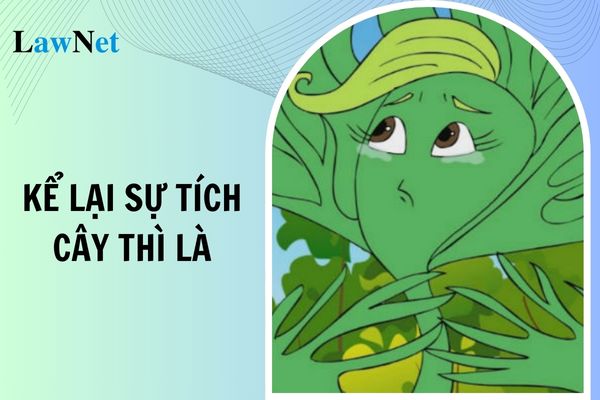
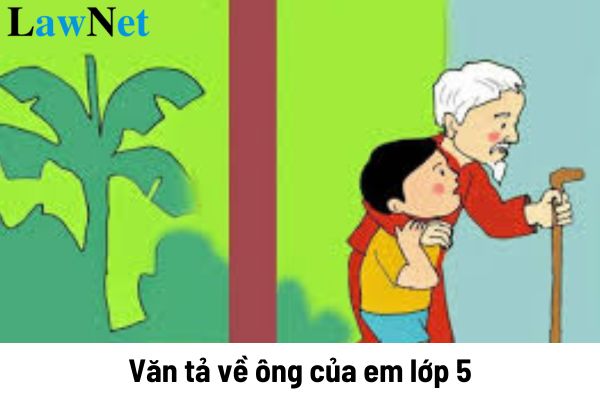
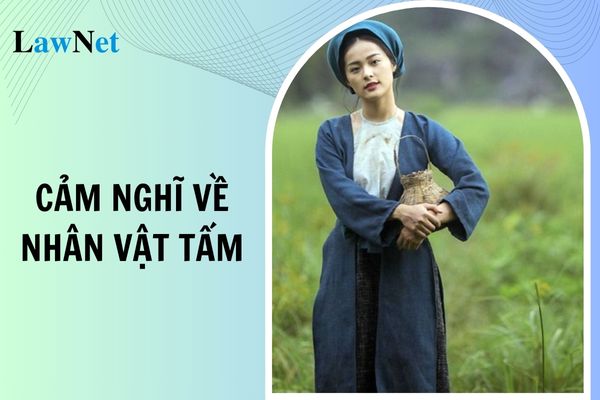

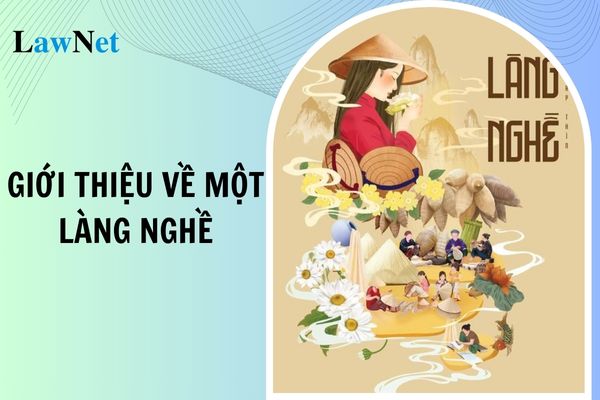
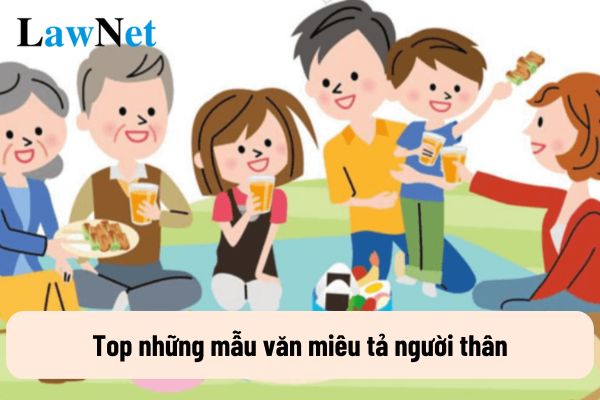




- Vietnam: What is the sample report on a modern literary matter - innovations and renovations in the short stories "Chiếc thuyền ngoài xa" and "Một người Hà Nội"?
- Vietnam: What are the 05 sample 600-word argumentative essays on negative issues among youth today? How many types of texts are there in the content of the 12th-grade Literature curriculum?
- Vietnam: What are the best sample paragraphs about your family for 6th-grade students? What elective subjects do 6th-grade students learn?
- Vietnam: What are the best sample self-introductions in English for 5th-grade students? What topics are covered by the 5th-grade English curriculum?
- Vietnam: What are the sample imaginary paragraphs on Tin-tin and Mi-tin entering the magical garden for 4th-grade students? What are the 05 essential qualities required for 4th-grade students?
- Vietnam: What are the guidelines for preparing the briefest lesson "A Strange Tale of the Fisherman's House/Truyện lạ nhà thuyền chài"? What is the eligibility for lower secondary graduation recognition for 9th-grade students?
- What are the enrollment methods of Pham Ngoc Thach University of Medicine in 2025?
- Vietnam: What are the sample 1st end-of-semester question papers of 9th-grade Literature? What is the form of assessment for 9th-grade Literature?
- Vietnam: What are the 10 sample 200-word social argumentative paragraphs on the strength of discipline? Is improving manpower one of the goals of education?
- What are the sample social argumentative essays on a social issue raised from a literary work in the 8th-grade Literature curriculum in Vietnam?

